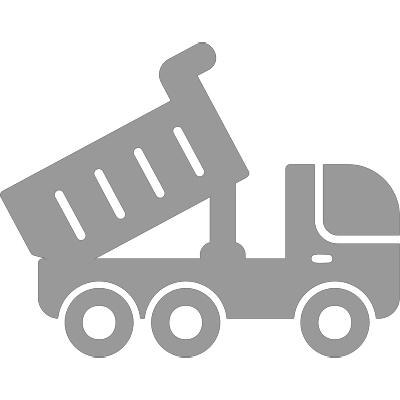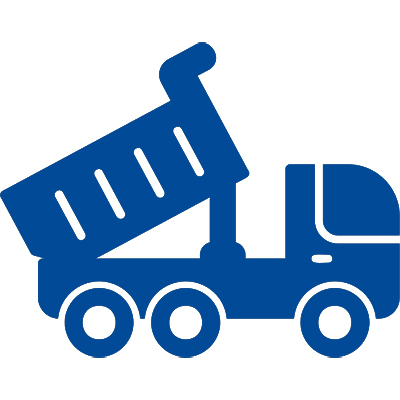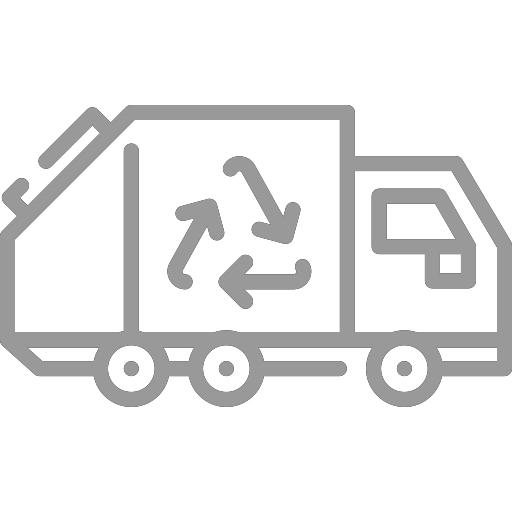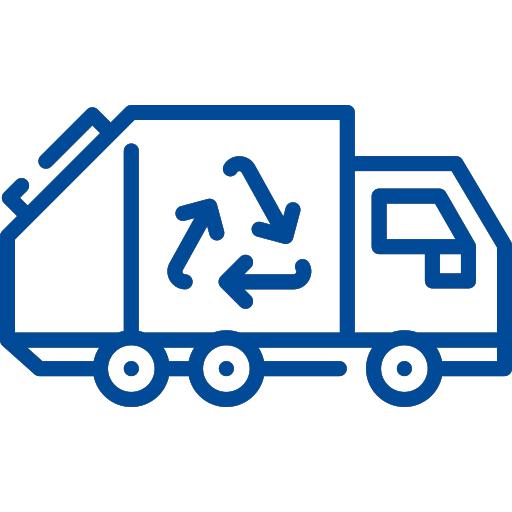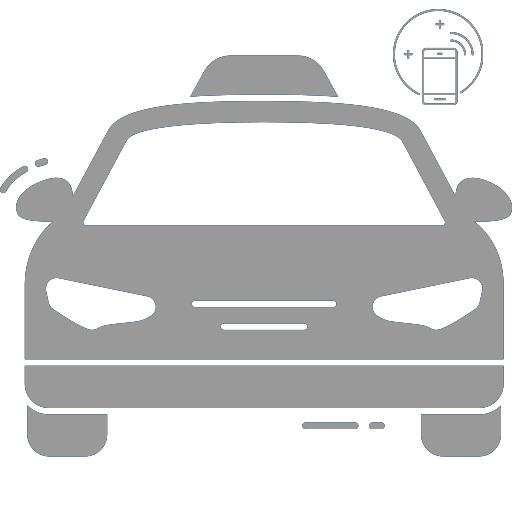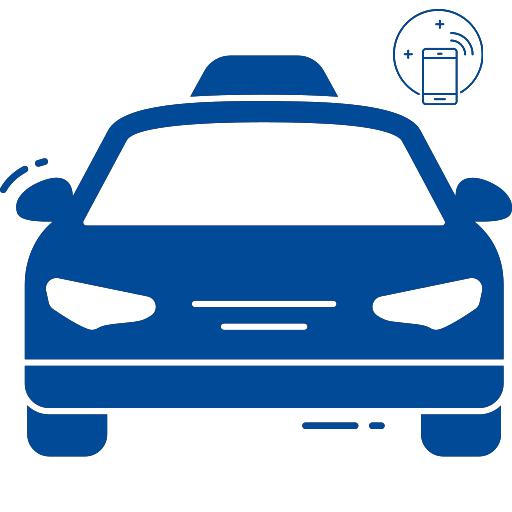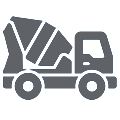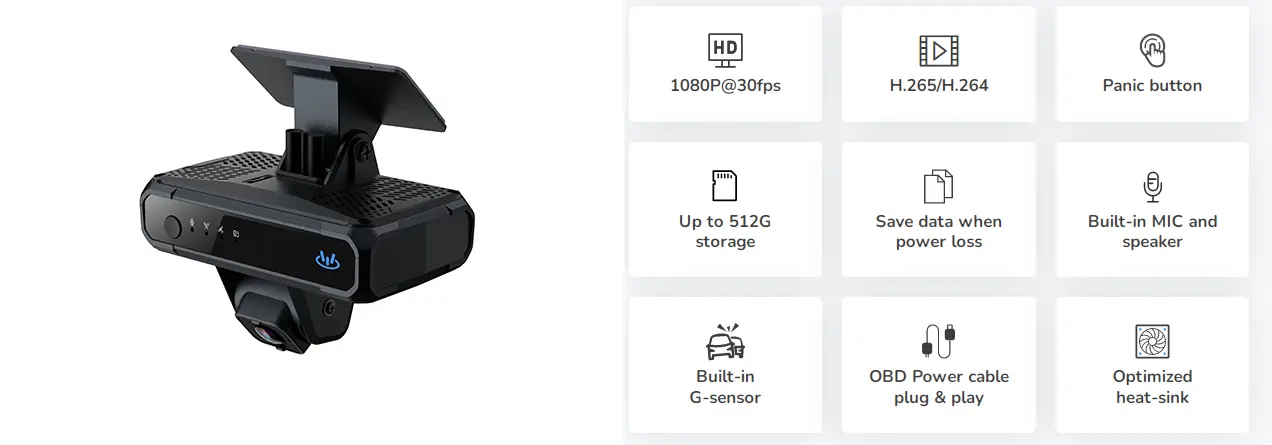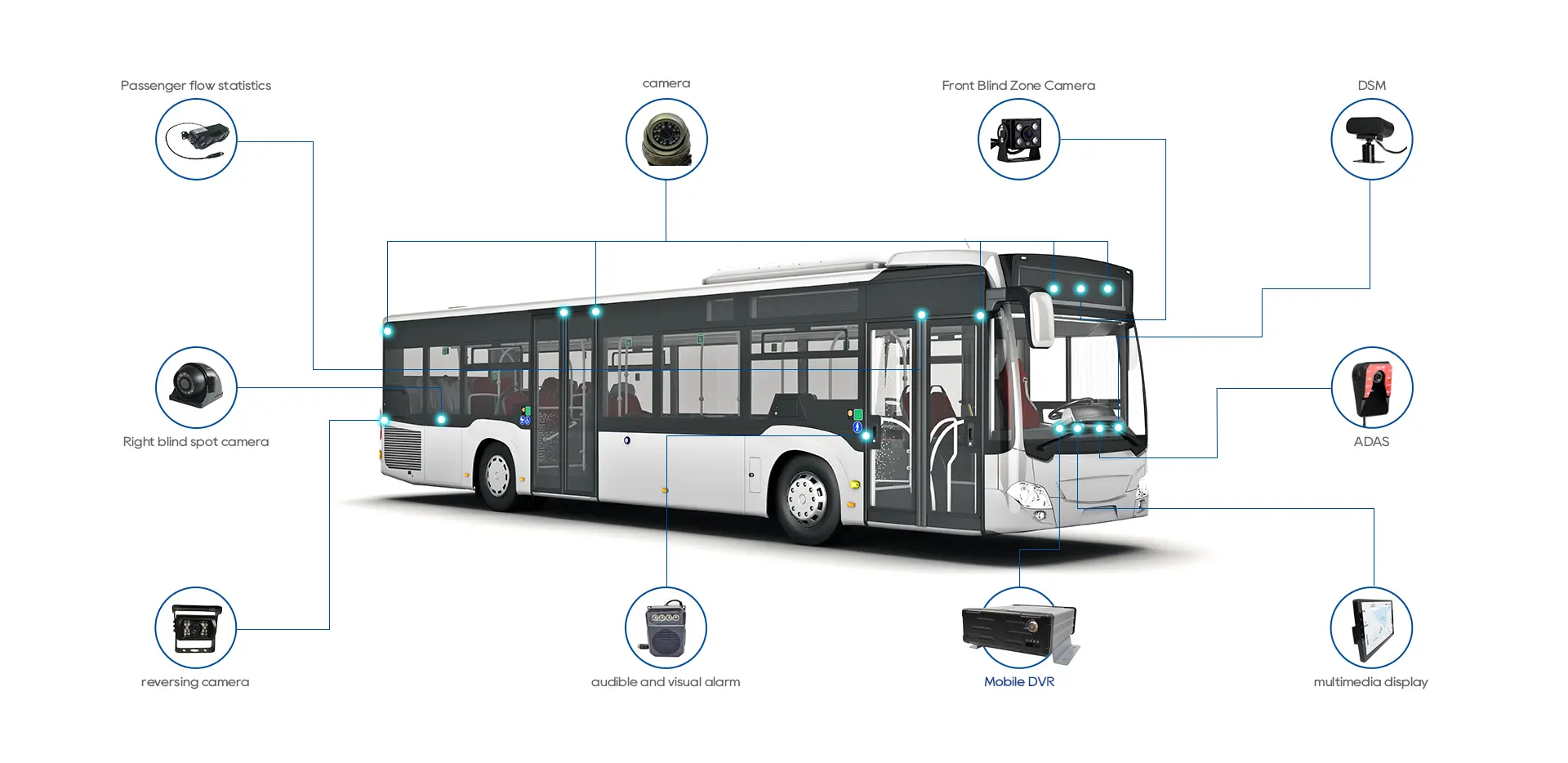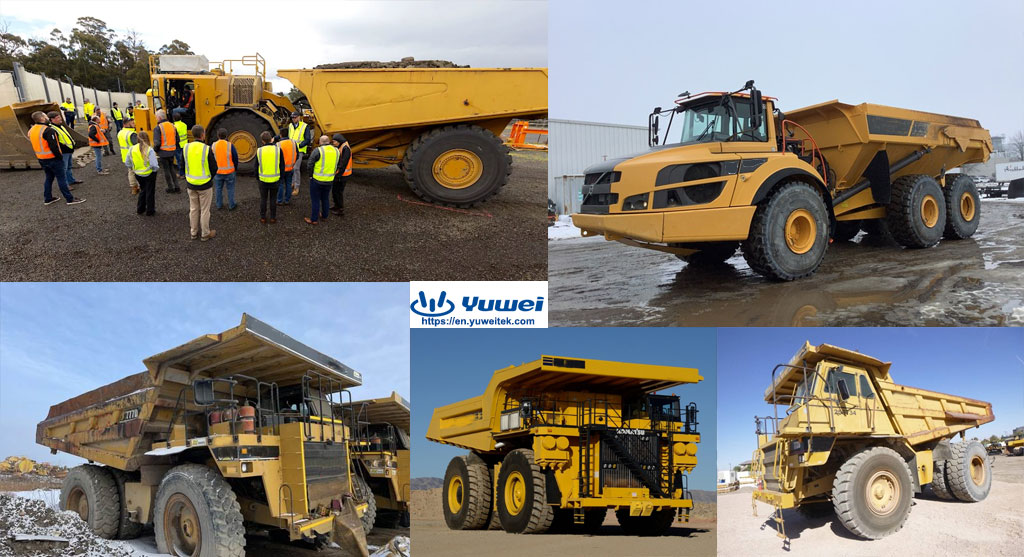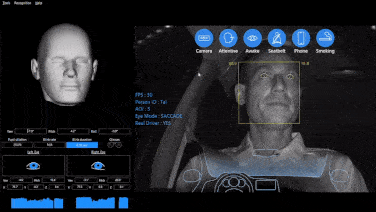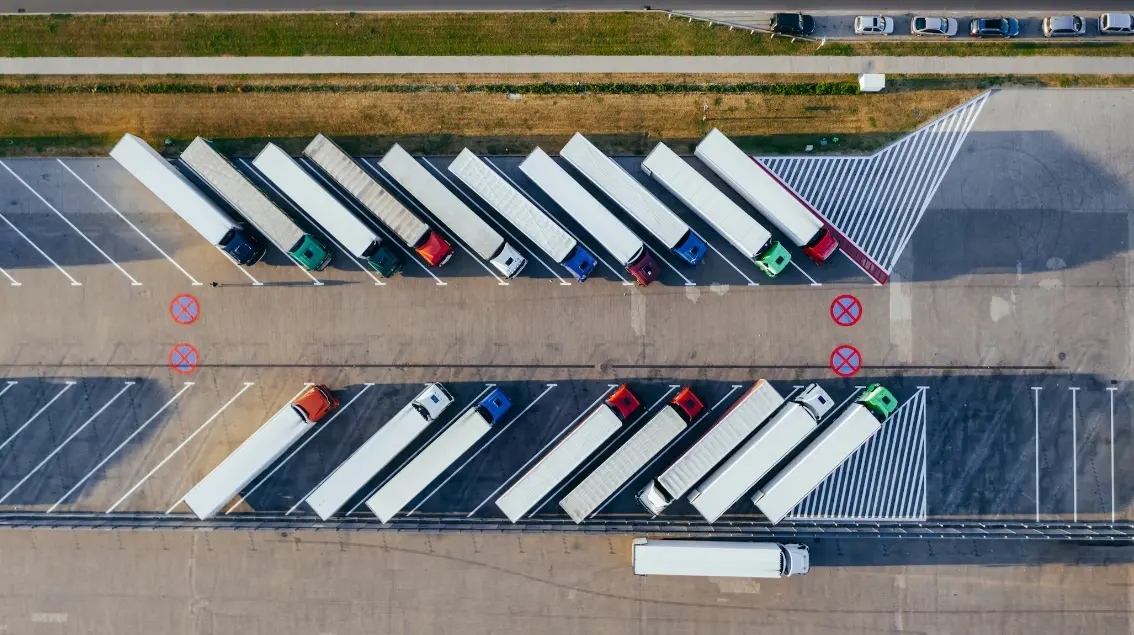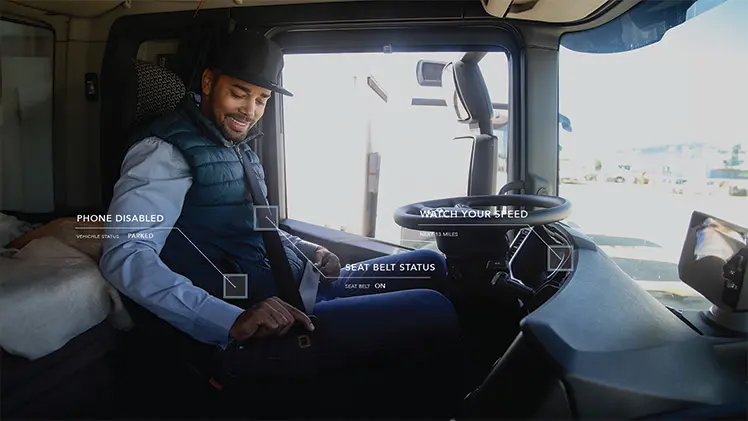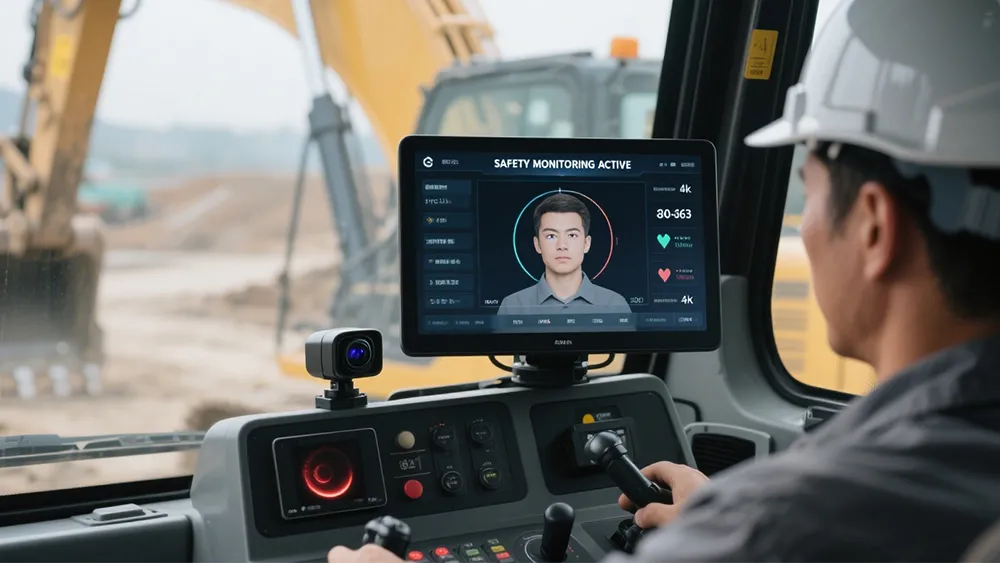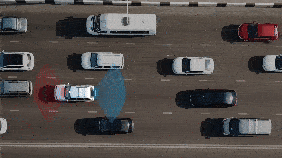UAE 4 Channel AI Vehicle Dashcam System
UAE 4 Channel AI Vehicle Dashcam System
Over one million commercial vehicles in the UAE(Dubai Port trucks, Abu Dhabi logistics fleets, desert energy carriers, and inter-emirate buses) serve as the nation’s economic lifeline.
With the “Vision 2030” smart mobility planunderway, a Dubai-based fleet management platform faces a key challenge:
How to equip fleets with an “all-seeing, fully-controllable” monitoring system to solve both safety and efficiency issues?

Challenges for UAE Fleet Management
1. Safety: “Zero Tolerance for Errors”
① Over 300 days of intense sunlight cause driver fatigue and distraction.
② Desert highways see frequent speeding, hard braking, and blind-spot accidents.
③ Requires proactive early warnings, not just passive accountability after accidents.
2. Monitoring: “No Blind Spots”
a. Traditional dual-channel recorders are insufficient.
b. Fleet operators need coverage of:
① Driver(phone use, seatbelt compliance),
② Front road(lane departure, obstacles),
③ Passenger cabin(abnormal behavior),
④ Rear & blind spots(collisions, cargo loss).
c. Ensures full accountability across the journey.
3. Deployment: “Seamless & Reliable”
① Devices must adapt to various vehicle models, resist sandstorms and extreme heat.
② Data storage & transmission must balance real-time access with secure backup.
③ Hybrid cloud + local storageis essential.
YUWEI V8N Vehicle Dashcam System
The YUWEI V8N AI Dashcamcombines 4G dual-camera + AI algorithms + full-scenario adaptability, making it the preferred choice for UAE commercial fleets.
1. Hardware: “2+2 Expansion” – Full Coverage of Driver, Vehicle, Road & Blind Spots
① Dual built-in cameras + expandable dual external cameras= no blind spots, expandable as needed.
② Built-in front camera: Starlight WDR, clear desert day/night footage of driver (eye closure, yawning), 1080P@25fps.
③ Built-in infrared cabin camera: IR-CUT illumination, captures passenger cabin at night (abnormal behavior, cargo monitoring), 720P@25fps.
④ Optional external AHD cameras: Up to 2 for blind spots/rear view; support BSD blind-spot detection & reversing safety.
⑤ Dual TF card storage: Up to 2TB per card, patented DXR format, retains 7 days of footage even offline—safer than traditional storage.
2. Intelligent Alerts: “AI + Voice” for Proactive Risk Prevention
① Hybrid local + cloud AI processing, covering driver, road, and blind spots, with real-time alerts and reporting.
② DMS (Driver Monitoring System):Detects fatigue (eyes closed >2s), distraction (looking at phone >2s), no seatbelt, and 10+ violations. Issues voice alerts(“Please fasten seatbelt”) and uploads event videos.
③ ADAS (Advanced Driver Assistance):4G+GNSS analysis up to 200m ahead. Supports LDW (lane departure), HMW (headway monitoring), FCW/PCW (collision warnings). Alerts 3–5s in advance (“Keep lane”, “Pedestrian ahead”), preventing harsh braking/steering.
④ BSD (Blind Spot Detection):External cameras monitor blind zones. Alerts driver when pedestrians/bikes enter blind spot—reduces desert collisions.
⑤ Aggressive driving detection:Analyzes acceleration/braking/steering, flags harsh maneuvers, generates reports for driver training optimization.
3. Data Management: “Edge–Network–Cloud” Collaboration
① Local + Cloud dual backup:Dual TF cards (hot-swappable), 4G cloud upload of location, routes, alerts (fatigue, speeding). AES-256 encryption, stored on GDPR & UAE-compliant cloud.
② Mobile App (Arabic & English):Remote live view, video download, route history—simple to use.
③ Low power + high compatibility:2mA/5mA low power consumption (anti-theft tracking after ignition off). CAN bus reads fuel/odometer. Supports diesel/electric/hybrid vehicles. 30-min installation per vehicle, no disruption to operations.
Large-Scale Deployment Advantages
1. Hardware adaptability:Multi-interface (CAN/OBD-II), compatible with diverse vehicles. Operates reliably at -30°C to +70°C, sand concentration ≤500μg/m³.
2. Software compatibility:Integrates with existing TMS fleet management systems, lowering IT costs.
The YUWEI V8N Dashcamanswers UAE fleet needs for safety + efficiencywith 4G dual-camera + AI intelligence + full-scenario adaptability.
① Every fatigue alert may prevent an accident.
② Every blind-spot warning may reduce losses.
③ Every streamlined management cycle contributes to the Vision 2030 smart mobility goals.
Email:hello@yuweitek.com















